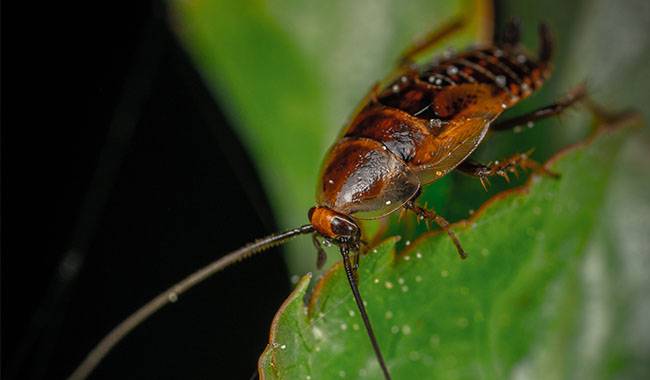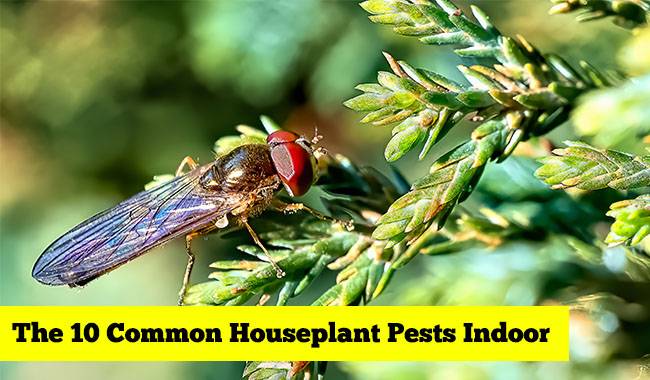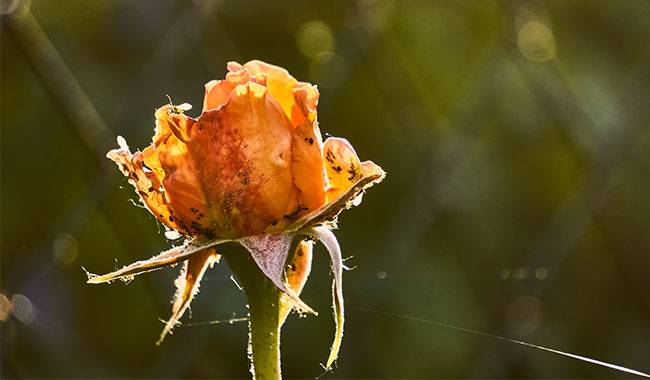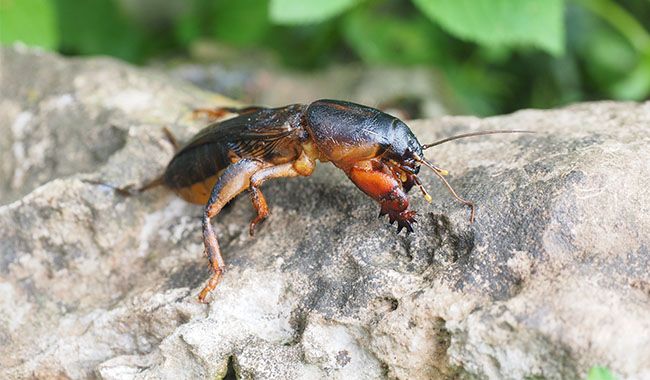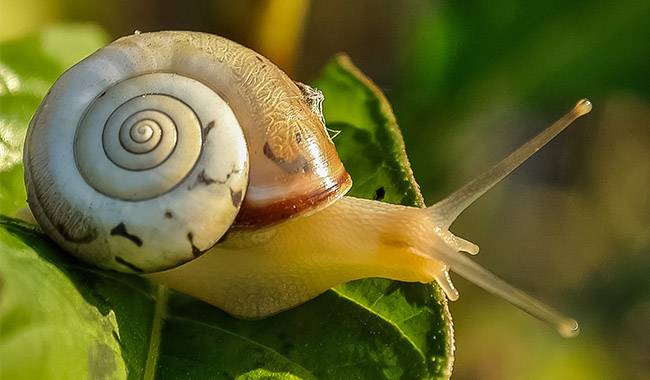
Our first year of farming in California brought us many surprises, some pleasant and some not particularly pleasant.
Prior to that, we had lived for a long time in an area with a riverside, which has six months of winter and is near tundra (there is no tundra in the riverside plain, but there is tundra around it), which does not allow creatures that live in warmer areas to settle and reproduce.
That means that there is a lot of wildlife there, but it is different. Thus, for example, grape snails surprise us. Here about them and many of their relatives – slugs and speeches will be made in this article.
THE FIRST ACQUAINTANCE WITH SNAILS AND SLUGS
I first saw my grape snails sitting on a fence made of profiled panels, about a meter, and a half high. It was April, I was planting seedlings and I didn’t care about the snails – I let them sit.
It was a futile exercise! I should have looked upon the internet what kind of animal it was and what threats were in its vicinity.
Two days later, a third of the eggplant seedlings were eaten into stumps under spun sticky shade. In the corner of the fenced bed, a pair of snails were found. In a fit of rage, I threw them over the fence into the river.
In a few days, the vengeful relatives finished my eggplants. Not only that, they literally mowed down the young, still, cotyledon, sprouting squash.
A detailed inspection of the plot revealed a lot of snails & slugs. And without seedlings, there would not be enough to feed the swarm of bugs.
Grape snails are a close relative of the common garden snail, and a little farther – homeless slugs. They differ from garden snails in that they are twice the size: the shell size is 2inch (5cm) and 1inch (2.5cm) respectively.
Accordingly, the outer coating has a distinct “crocodile” relief, as does the color of the shell.
Their eating habits are almost identical, although, obviously, the grape snail will eat more. They grow for up to a year and live in the wild for about 7 years.
Their homeless relatives, the slugs, are smaller, less mobile, and have a shorter life span (1 year), but their rations are almost identical. The absence of shelter increases their vulnerability. However, it allows them to move around in the soil. Therefore, the vast majority of slugs live there.
Caucasian garden slugs deserve a separate mention. Slightly smaller than grape snails, slugs are active and voracious, and early on they were known only in some areas. Then they began to settle in warmer places – in the eastern and western regions.
And now, they can be found almost everywhere in Europe. In many places, they are listed in the black book of invasive (inscribed) species. Aggressively, like ragweed.
Not only do they eat a lot and eat less flexible conspecifics, but they also actively reproduce. And according to some data, they overwinter both eggs and larvae. All other slugs overwinter as eggs or larvae.
PHYSIOLOGICAL CHARACTERISTICS OF SLUGS AND SNAILS
Slugs are nocturnal animals. They do not have a little hiding place, so the sun is destructive to them and the mucus secreted by the sun’s dehumidification is helpful for rehydration and movement of the body.
Therefore, they find themselves best in damp and protected places, crawling out at dusk to plunder. Cabbages can’t go anywhere!
Their eyesight is not very good, but they can distinguish between light and dark. Also, their sense of smell is very acute. Slugs can easily find their way back with their sense of smell.
But snails crawl around in the morning until the dew dries, in the tall grass – all day long – and they can also crawl around in the shadows all day long. And, of course, they try to wait out the heat.
Sometimes grape snails may be found in rather unexpected places: on fences made of profiled panels, either on the sunny side or in the shade; on the tops of shoots of thorny wild blackberries, about 5 feet (1.5 m) from the ground.
On the upper part of a fence made of rabbet chains. And on the trunks of hazelnuts, cherry plums, and walnuts, they hang constantly, and on currants even in bunches.
They move in an interesting way: the mucus is discharged at the front end of the legs, “coated” on the surface of the legs to make their movement easier, and retracted at the back end. Such a mucus “tract”.
Their teeth are even more interesting. To be more precise, they do not have teeth, there are teeth on the radish, which is a kind of tongue. Snails and slugs so deftly “nibble” on mushrooms and plants precisely with tooth-like irises.
The teeth are quickly erased, but new ones erupt just as quickly. Snails have far more teeth than sharks!
Both snails and slugs are hermaphrodites. This means that after mating, both (!) specimens will both dig holes to lay their eggs. 40-60 eggs for snails and 20-30 eggs for slugs.
Fortunately, if the soil is not “killed” by chemicals, various garden creatures will run to the slug/slug spawning grounds to enjoy them. As a result, 5-7% of a clutch of snails or slugs will survive into the fall.
Both types of slugs eat many and varied foods: fallen leaves, plant parts that are not woody, and mushrooms. Slugs and snails are very fond of the shoots of plants that are not necessarily cultivated.
When it comes to weeding weeds, gardeners simply don’t leave them much choice. In my garden, they are happy to nibble on young ground elderberries in the moist areas of the plot, where I catch them when thinning out the population.
Slugs and snails have many natural predators: moles, hedgehogs, shrews, lizards, snakes, toads, frogs, salamanders. Beetles love to eat them.
Birds love them and enjoy them: rooks, uggs, starlings, sparrows, and domestic birds such as chickens, ducks, turkeys, and ducklings. It’s protein food!
In the summer, birds and starlings make a fashion of cracking grape snail shells against the sidewalk of the house – they take the edges of the shells and pound them against the cobblestones.
WHAT BENEFITS CAN YOU GET FROM THEM?
Feeding poultry
The first, obvious thought is to feed poultry. The population thins out, the chickens and ducks are satisfied, and the bugs are saved. When you mow the grass with a trimmer, the damaged snails scatter and fly.
All the birds sit in the trees, bushes, and fences waiting to be fed. When I turned off the trimmer and moved away, the birds flew like rooks to the freshly plowed fields to eat the crushed snails.
The peculiarities of our village are very conducive to snail reproduction – lots of greenery and surrounded by blackberry bushes that no normal person would climb. It’s a great place to set population records for snails.
In the first year of our operation, I collected about 3 buckets of grape snails from the garden: all of them were fed to the neighbor’s hens and ducks. My friends cooked them and then fed them to the birds.
Snails are more useful than worms because they not only have protein, but also a shell made of calcium carbonate, which is necessary for the strength of the eggshell. Slugs lose a little here.
Culinary uses
Snails, especially grape snails, are very popular in European cuisine. Farms growing snails are now appearing in the United States as well.
Prices are: Cooked, shelled, and frozen, they sell for about $50 per pound, while fresh snails sell for $2 each. Fresh snails are mainly in demand in Europe.
If you collect it and haven’t found a buyer, you can eat it yourself. We still haven’t made up our minds, although there is nothing difficult to prepare.
Garden snails are just as edible, but you need twice or even three times more per serving. People in continental Asia consider snails to be quite edible; they are no different from snails.
And there is no difference between snails and mussels, they are both mollusks. All that is said about parasites is that it is best not to eat them raw. Heat treatment can destroy all organisms, including pathogens.
Snails in cosmetology
The next point about the usefulness of snails will be of particular interest to women. Snail mucus has an extremely regenerative function. It is thanks to it that the snail restores the damage to the shell and establishes the size of its hut.
Accordingly, in addition to regeneration, it has antibacterial and antioxidant properties.
Not only that, the mucus forms a protective film on the surface that does not allow the entry of water, but of air. Because of this, applying the mucus to our skin can fight wrinkles, stretch marks, age spots, scars, warts, burned surfaces, and acne.
Snail slime is in high demand for cosmetic purposes and is an additional income for snail farms. No allergic reactions.
At the end of the fall season, I caught a week’s worth of large snails and dripped water on them – they immediately secreted mucus and got my hands dirty. It was clear to see what the gardeners had on their hands at the end of the season.
The effect was so satisfying that I recommend it to everyone. Garden snails have the same useful slime and they also fix the house.
By the way, this same slime forms a “door” and they close it in their shells for the winter. I haven’t found any information about slugs, they have nothing to repair, but the mucus may have similar properties.
Benefits of snail shells
In my opinion, snail shells are not useful for plowing. Because the substrate of the shell is calcium carbonate, which is used everywhere from the food industry to the production of plastics to the deoxygenation of acidic soils.
For poultry shells is a must, it is not just calcium carbonate, it is a bioactive material. There are also many trace elements, micronutrients, amino acids, polysaccharides, etc.
By the way, finely crushed eggshells are included in dietary supplements as bioactive calcium – promotes hair growth, strengthens nails and teeth, good for preventing osteoporosis. Snail shells are not bad in this respect either.
HOW TO PROTECT CROPS FROM SNAILS AND SLUGS?
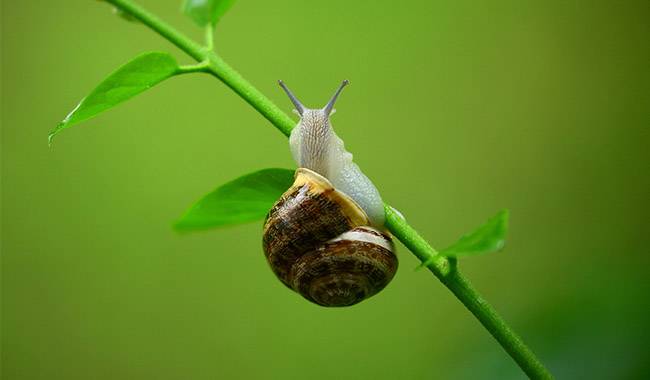
Eating off the seedlings led me to look for a solution to this problem. Reducing snail populations by hand harvesting and rearing chickens is a great way to do this.
Put a layer of black film between the rows and you can pick up some slugs by morning. If you put a container of beer under the film, you will pick up even more slugs.
Snails like to “hang out” under rocks and logs, in fenced seedbeds – near the curb, either outdoors or indoors.
Sprinkling coffee grounds along the edges of seedbeds and between seedlings has proven to be an effective method – for some reason, snails and slugs don’t share my love of coffee. This winter, I dried all the coffee grounds and put them in containers for protecting the spring buds.
From my observations, the slugs and snails of plants with rough leaves (squash, pumpkin, zucchini) only eat the cotyledons of the sprouts. Plants planted in seedlings are still alive.
You can protect seedlings while providing them with semi-greenhouse conditions by inserting bottomless plastic bottles 1.2inch (3cm) into the ground. You can use an awl to punch holes for air exchange. The lid should be removed only when watering.
Snails and slugs do not like to crawl on cones, nuts, seed husks, rice, and oat hulls mulch. But almost all of these, except cones, will attract mice and birds – here you need to think thoroughly – where and how to cover.
Mustard greens as green manure can limit slug damage – mustard root extract contains sulfur, which earthworms and slugs don’t like.
Slugs don’t like ash either. In my strawberries, where there is soulful ash, there are no slugs or snails, which eat the berries that hang over the edge.
It helps if you can have a family of hedgehogs in your plot. Toads are also great for eliminating slugs. Lizards, especially the fat snake-like spinners, can also help. They are very good at slugs.
They even have curved teeth on their irises, which makes it easy for them to catch and hold on to these slimy creatures.




